Are you tired of…being tired, PMS, restless sleep, not having enough energy to do what you want?
Read no more if you…
- Have all the energy in the world
- Don’t struggle with hormones and PMS
- You don’t know what a “busy mind” is
- Wake up feeling like a FRESH DAISY
- You don’t know what it’s like to live feeling OVERWHELMED (all the time)
- Don’t crave carbs
If you are still reading, lets get right down to it.
We live in a society of GO GO GO. Do MORE. Have MORE.
Being BUSY is the norm. If it’s not working, then work harder.
And if you are reading this…you are probably a lot like me.
Athlete. Looking for PRs. Parent. Striving to provide better. As a person, always looking to see what you can take on, looking to see JUST HOW AWESOME YOU CAN BE!
Nothing wrong with any of that!
Here is where we get into trouble:
Most of us are driven people. Type A. The movers and shakers.
 So our person type leads us to run harder, faster and not give up. The price to pay for that, for a life time of living like that, is issues within adrenal health. Those babies are glands on the kidneys that are crazy important. Yes, everything is important. But these gems aren’t getting any publicity.
So our person type leads us to run harder, faster and not give up. The price to pay for that, for a life time of living like that, is issues within adrenal health. Those babies are glands on the kidneys that are crazy important. Yes, everything is important. But these gems aren’t getting any publicity.
If you go into the docs office and complain about PMS they certainly aren’t going to educate you on how the adrenal produce progesterone, which levels out estrogen, which helps that week of PMS not be a FLIPPIN’ CATASTROPHE. Hey guys, HORMONES ARE FOR YOU TOO! The adrenal glads produce testosterone. And you can be deficient too. So maybe low energy. The adrenal glands work hand in hand with the thyroid. You really can’t help one without looking at the other.
There are varying degrees of adrenal issues. And various things to do for them. A lot of them are super awesome in that nurturing the adrenals is fairly easy and little negative side affects. The catch.
YES THERE IS A CATCH. Depending on where you are at with your adrenals, it might take quite a while to build them back. It’s not a quite fix. 6 months to a year if you’re lucky. But you want to go down that road, because here’s the SCARY PART, the little issues…they pile up. PMS, Infertility. Female issues. Hysterectomy. Depression. Chronic Anxiety. Heart palpitations and other BIG BAD issues with the heart, like A FIB. The list will go on and on. Because these adrenal glands affect important hormones that affect everything. So…
Here are some classic symptoms:
- You’re not eating breakfast because you chow down on carbs in the pm
- You’re intake of carbs and quick energy in the am is OFF THE CHARTS
- You feel awesome at night, have lots of energy (aka you aren’t winding down)
- You can’t shut off the mind, you don’t stay asleep, you are taking sleep aides
- You wake up feeling NOT RESTED
- You have PMS (no, ladies, this isn’t normal)
- You’re libido is in the tank
- You struggle with low blood sugar or low blood pressure
- Allergies, asthma, frequent illness, unexplained heart pains/palpitations
Ok. Thats the IN YOUR FACE, do you need to address this chat. Be on the look out for the following…
- PART 2 on this topic
- Information the the 30 Day KICKSTART to A NEW BEGINNING program. This is going to be a group activity that I will be hosting. Three levels to join…FREE, Level 1, and Level 2. We get started soon. This is going to be a very private thing. So if you are serious and wanting to commit, contact me. I’m going to be here throwing a lot of stuff at you, so you can use this next 30 days to develop and GET YOUR OWN PLAN in place. Email me if you want to join.


 Reclined Leg Stretch
Reclined Leg Stretch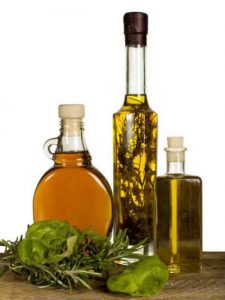 Much Smarter in Regards to Fats
Much Smarter in Regards to Fats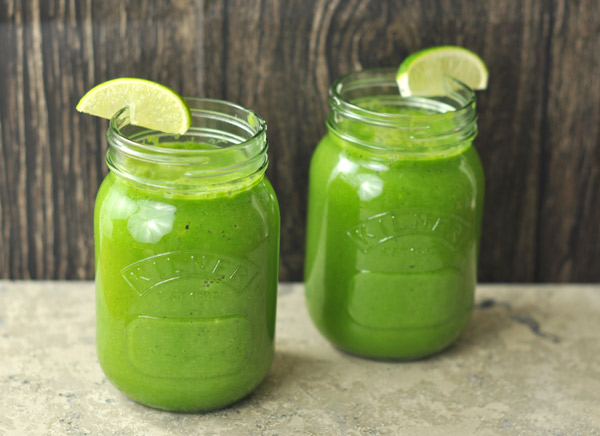
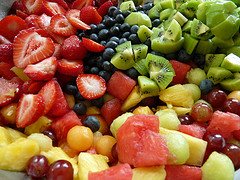
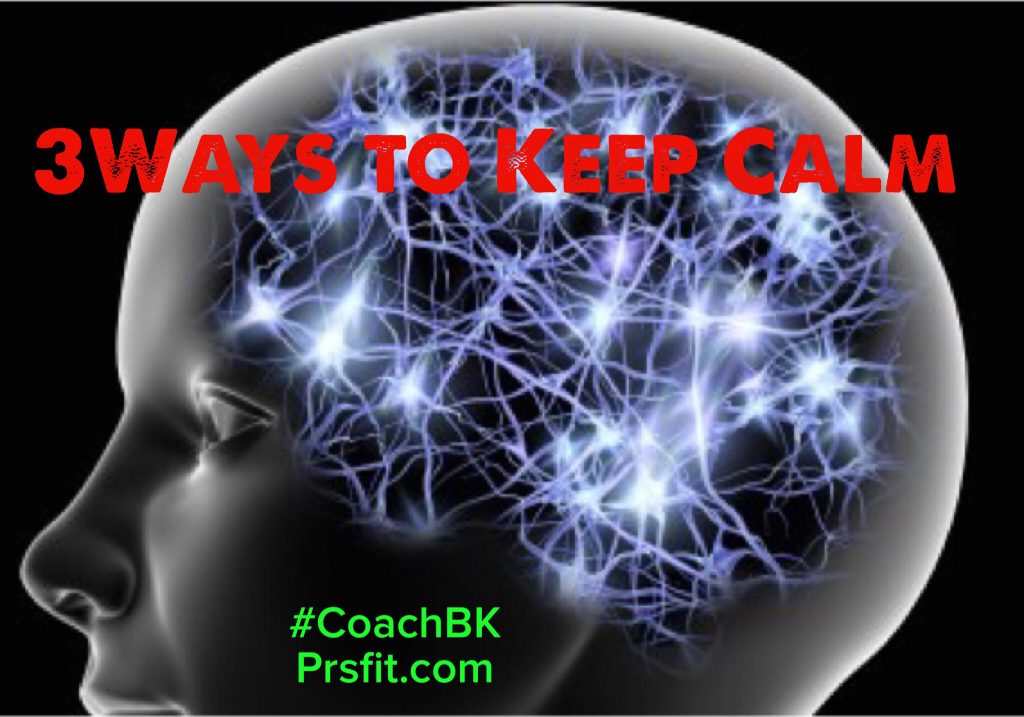

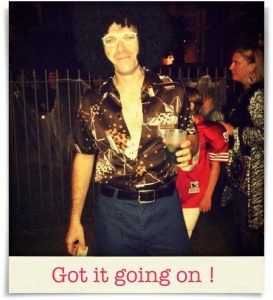 No no, it’s not what you think…
No no, it’s not what you think…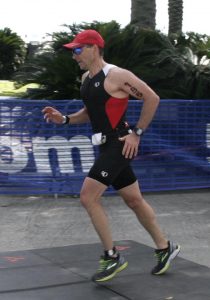

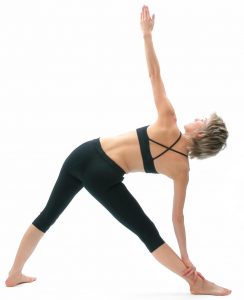 The yoga pose “triangle” is an excellent way for athletes to bring a synergistic balance of stretch and strength to the whole body.
The yoga pose “triangle” is an excellent way for athletes to bring a synergistic balance of stretch and strength to the whole body.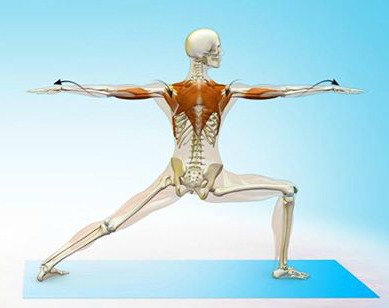
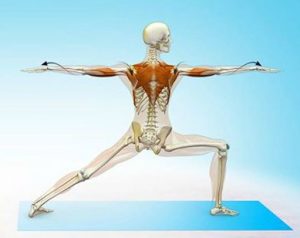 The yoga pose “warrior 2” is an excellent way for athletes to bring a synergistic balance of stretch and strength to the whole body.
The yoga pose “warrior 2” is an excellent way for athletes to bring a synergistic balance of stretch and strength to the whole body.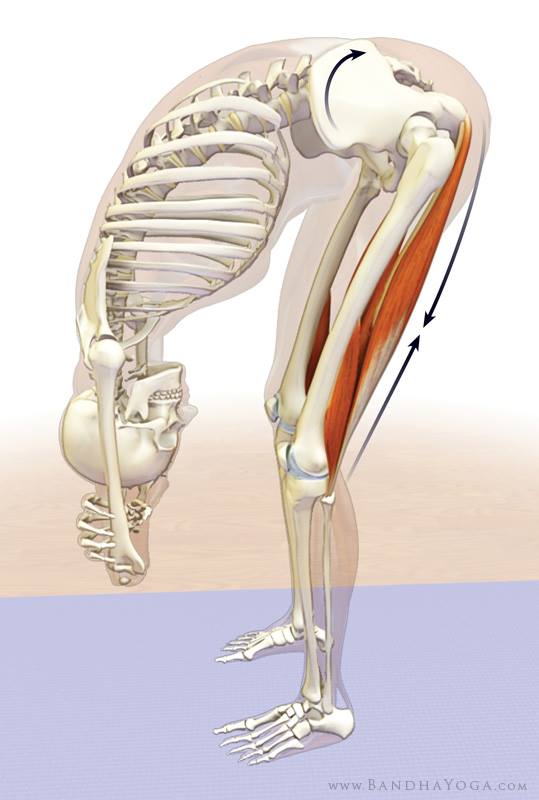


 HA! I know athletes (and the rest of the world) what you are thinking…vagal tone…what’s that!?!?!
HA! I know athletes (and the rest of the world) what you are thinking…vagal tone…what’s that!?!?!